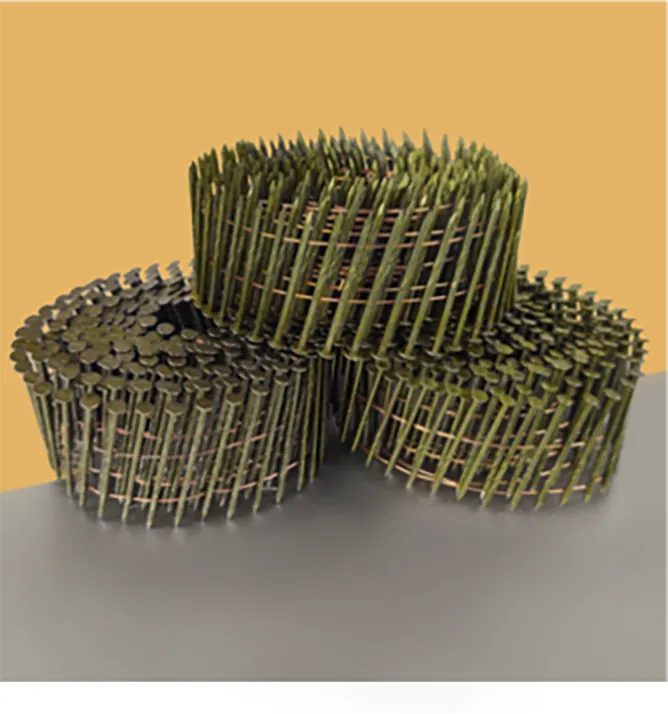Jan . 14, 2025 12:32 Back to list
walkway grid


Increasingly, walkway grids are being integrated into eco-friendly construction plans due to their minimal impact on the surrounding environment. Many manufacturers now offer products made from recycled materials, enhancing their appeal to environmentally conscious designers and builders. Additionally, their design allows for easy integration with natural landscapes, reducing the need for excessive land alteration or habitat disruption during installation. Trust in the quality and effectiveness of walkway grids is bolstered by compliance with strict safety standards and certifications. Products are typically subjected to rigorous quality assurance processes that test them under varied conditions. These tests ensure they meet international safety regulations, providing peace of mind for property owners and managers. In conclusion, walkway grids serve as a versatile, durable, and safe solution for any pedestrian environment. Their adoption not only demonstrates a commitment to safety and sustainability but also reflects an understanding of modern construction needs. As they continue to evolve, walkway grids are certain to remain at the forefront of pedestrian safety solutions, merging functionality with environmental responsibility.
Latest News
-
Premium Anti-Climb Fence Spikes for Sale
NewsAug.01,2025
-
Premium Peach Post Fence | Durable & Stylish Security
NewsJul.31,2025
-
Best Galvanized Grating Price - Durable Galvanized Steel Grating Solutions
NewsJul.30,2025
-
0.5-4.0mm Wire 2×2 4×4 8×8 Hot Dipped Galvanized Welded Mesh Roll
NewsJul.30,2025
-
Metal Fence Pickets for Sale – Durable Galvanized & Steel Options
NewsJul.29,2025
-
Competitive Galvanized Grating Price for Durable Flooring Solutions
NewsJul.29,2025
Our company owns has excellent CAD steel grating drawing designers, who can provide customers with perfect steel grating layout design and better meet customers' special requirements for products. We have been adhering to it the business tenet of "quality first, customer first", with high-quality products, reasonable prices, and the fastest delivery time, we wholeheartedly provide customers with a full range of services! Welcome new and old customers to cooperate sincerely and create brilliance together!
Contact Us
WELCOME TO OUR COMPANY!
Thank you for your interest in our services! If you have any questions or wousld like to book a service, please don’t hesitate to contact us. Our team is dedicated to providing you with the highest level of service and support, and we are committed to working with you to make your event a success.

Service Email

Service Phone
Product Center
Contact Us
- Phone: +86 +86 15733154345
- E-mail: sales@chengsenchina.com
- Address: B1213 GLOBAL CENTER, NO.226 ZHONGHUA NORTH STREET, SHIJIAHUANG, CHINA


























